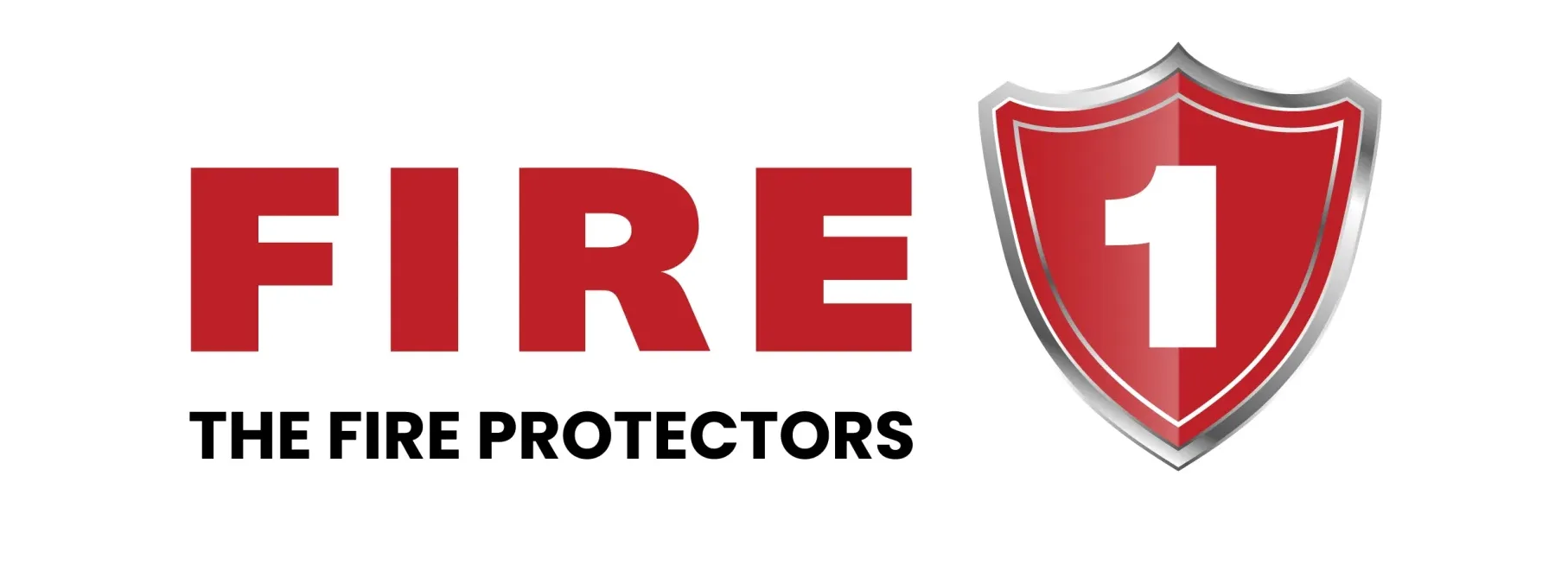Sprinkler Systems
Sprinkler systems are an essential component of fire protection, designed to detect and suppress fires automatically. Fire 1 specializes in the design, installation, and maintenance of various types of sprinkler systems tailored to meet the specific needs of residential, commercial, and industrial properties. By providing reliable fire suppression capabilities, these systems play a critical role in safeguarding lives and property against fire hazards.

Key Features of Sprinkler Systems
- Automatic Activation:
Sprinkler systems activate automatically when the temperature at the sprinkler head reaches a predetermined threshold, providing immediate response to fire threats. - Variety of Designs:
Fire 1 offers various types of sprinkler systems, including wet pipe, dry pipe, pre-action, and deluge systems, tailored to the unique requirements of each facility. - Water Supply:
Sprinkler systems are connected to a reliable water supply, typically through municipal systems or dedicated water tanks, ensuring sufficient flow and pressure for effective fire suppression. - Effective Coverage:
Properly designed and installed sprinkler systems can cover a wide area, slowing the spread of fire and providing occupants time to evacuate.
Types of Sprinkler Systems
- Wet Pipe Systems:
The most common type, where pipes are filled with water at all times. When a sprinkler head activates, water is immediately released to combat the fire. - Dry Pipe Systems:
In this system, pipes are filled with pressurized air instead of water, ideal for areas subject to freezing temperatures. When a sprinkler head activates, the air pressure drops, allowing water to flow into the pipes and out of the opened sprinkler head. - Pre-Action Systems:
Combining features of wet and dry systems, pre-action systems require two triggers to release water: one from a fire detection system and the other from the sprinkler head activation, making them suitable for high-value environments. - Deluge Systems:
In deluge systems, all nozzles are open and water is released simultaneously upon system activation, making them effective in high-hazard areas involving flammable materials. - Residential Systems:
Specifically designed for residential applications, these systems prioritize residential safety while minimizing aesthetics and ease of installation.
Components of Sprinkler Systems
- Sprinkler Heads:
These are the devices that release water when activated. They are available in various styles and temperature ratings to accommodate different environments. - Piping Network:
A system of pipes connects sprinkler heads to the water supply, designed to deliver water efficiently to all required areas. - Control Valves:
Valves are used to control the flow of water to the sprinkler system and are equipped with indicators to show operational status. - Water Supply System:
This includes pipes, storage tanks, and pumps needed to maintain sufficient water pressure and flow rate. - Alarm System:
Sprinkler systems are often integrated with fire alarm systems to notify occupants and emergency services when the system activates.
Design and Installation
- Fire Risk Assessment:
Fire 1 conducts a comprehensive assessment of the property to identify fire hazards and determine the most effective sprinkler system design. - Tailored System Design:
The design process includes determining the appropriate type of system, sprinkler head placement, and water supply requirements based on the layout and occupancy of the building. - Professional Installation:
Fire 1’s experienced technicians ensure that the sprinkler system is installed to meet all local codes and regulations and that it integrates seamlessly with existing fire protection measures.
Maintenance and Testing
- Routine Inspections:
Regular inspections of the entire sprinkler system are conducted to ensure all components, including pipes, valves, and sprinkler heads, function properly and remain in compliance with safety standards. - System Testing:
Functional tests are performed to verify that water flow rates meet necessary requirements and that the system activates correctly. - Documentation and Reporting:
Comprehensive maintenance records are kept to document inspections, maintenance, and any repairs made, ensuring transparency and compliance with regulations.
Training and Support
- Staff Training:
Fire 1 offers training for facility staff on the operation and maintenance of sprinkler systems, ensuring personnel are equipped to manage any fire emergency. - Emergency Procedures:
Development of clear emergency procedures detailing actions to take in the event of a fire, including the operation of the sprinkler system.
Benefits of Choosing Fire 1’s Sprinkler Systems
- Life Safety:
Automatic activation helps to protect lives by controlling or extinguishing fires before they can spread, allowing occupants time to escape. - Property Protection:
By minimizing fire damage, sprinkler systems help protect valuable assets and reduce recovery costs in case of a fire incident. - Comprehensive Solutions:
Fire 1 provides a full suite of services, including design, installation, maintenance, and training, tailored to the specific needs of the facility. - Expertise You Can Trust:
With extensive experience in fire protection, Fire 1 is a trusted partner for businesses looking for reliable and effective fire suppression solutions.
Fire 1’s sprinkler systems are a pivotal component of any comprehensive fire protection strategy, providing automatic and reliable fire suppression in residential, commercial, and industrial settings. By offering tailored designs, professional installation, and ongoing maintenance, Fire 1 ensures that clients can effectively manage fire risks and protect lives and property. Choosing Fire 1 for sprinkler system solutions means investing in safety and peace of mind.
